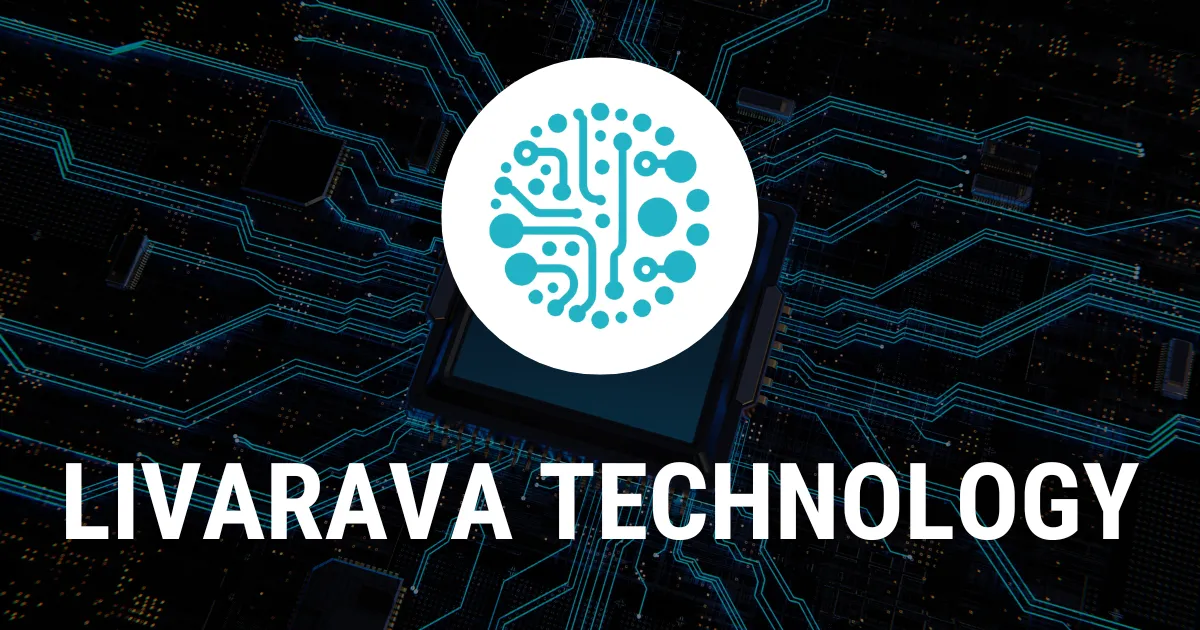Exploring the Future of 3D Printed Flexible Microsystems with MEMS Technology

The Future of MEMS Technology
The Future of MEMS technology is bright as researchers achieve the unprecedented feat of 3D printing flexible microsystems using Two-Photon Polymerization (2PP). This method creates small-scale, lightweight microsystems equipped with electrostatic microactuators, demonstrating extraordinary control even when deformed.
Breakthrough Performance
- Integration of metal sputtering into MEMS fabrication
- Success in actuating via 3D structures on flexible substrates
- Application potential for wearable devices and adaptive optics
Challenges and Innovations
While 3D printing on rigid materials is straightforward, the flexibility and uneven surfaces of FPCBs pose significant challenges. To overcome these, researchers from Carnegie Mellon University developed a precise fabrication strategy utilizing Nanoscribe’s technology.
- Each micromirror array undergoes rapid fabrication
- Challenges related to varying material topographies are effectively managed
- High-precision metal deposition ensures reliable electrical integration
Path Forward
This innovative approach allows for the seamless integration of diverse microactuators, paving the way for smart flexible microsystems with enhanced capabilities. As fabrication technologies advance, the future for MEMS and their applications looks promising.
This article was prepared using information from open sources in accordance with the principles of Ethical Policy. The editorial team is not responsible for absolute accuracy, as it relies on data from the sources referenced.